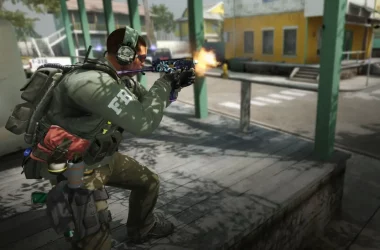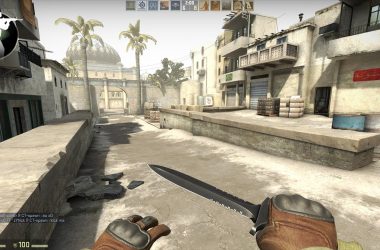Counter-Strike: Global Offensive (CS:GO) stands as one of the most popular esports titles globally, attracting millions of players and fans alike. The competitive scene is vibrant, with tournaments happening regularly around the world. Navigating the CS:GO tournament circuit can be overwhelming for newcomers, but fear not! This guide will provide you with a comprehensive overview of the key aspects of CS:GO tournaments.
Understanding Tournament Formats:
CS:GO tournaments come in various formats, each with its unique structure. The most common formats include:
- Single Elimination: Teams compete in a bracket, and once a team loses a match, they’re eliminated.
- Double Elimination: Teams have a second chance after losing a match, entering a lower bracket. This format allows for more matches and ensures teams get multiple opportunities.
- Swiss System: Teams face off against opponents with similar records. A set number of rounds determine the matchups, and teams with similar scores play against each other.
Selecting Tournaments:
CS:GO tournaments range from local events to massive international competitions. Consider the following factors when choosing which tournaments to participate in:
- Tier: Tournaments are often categorized into tiers, with Tier 1 being the highest. Higher-tier tournaments offer larger prize pools and more prestige.
- Location: Decide whether you want to compete locally, regionally, or internationally. Consider travel expenses and logistics.
- Online vs. LAN: Some tournaments are played online, while others require teams to attend a LAN (Local Area Network) event. LAN tournaments offer a different atmosphere and are generally considered more prestigious.
Preparing for Competition:
Once you’ve selected a tournament, it’s time to prepare for the competition:
- Team Practice: Regular practice is crucial. Develop strategies, improve communication, and refine individual skills.
- Map Pool Knowledge: Be familiar with the map pool for the tournament. Knowing the ins and outs of each map can provide a strategic advantage.
- Player Roles: Define roles within your team. Ensure each player is comfortable with their responsibilities and understands the overall team strategy.
During the Tournament:
- Adaptability: CS:GO is dynamic, and strategies need to be adapted on the fly. Stay flexible and be ready to adjust your game plan based on the opponent’s actions.
- Mental Resilience: Tournaments can be intense, and maintaining mental resilience is crucial. Stay focused, communicate effectively, and remain calm under pressure.
Navigating the competitive CS:GO circuit requires a combination of skill, strategy, and adaptability. By understanding tournament formats, selecting the right events, and adequately preparing, you can embark on a rewarding journey in the world of competitive CS:GO. Good luck, and may your frags be plentiful!








